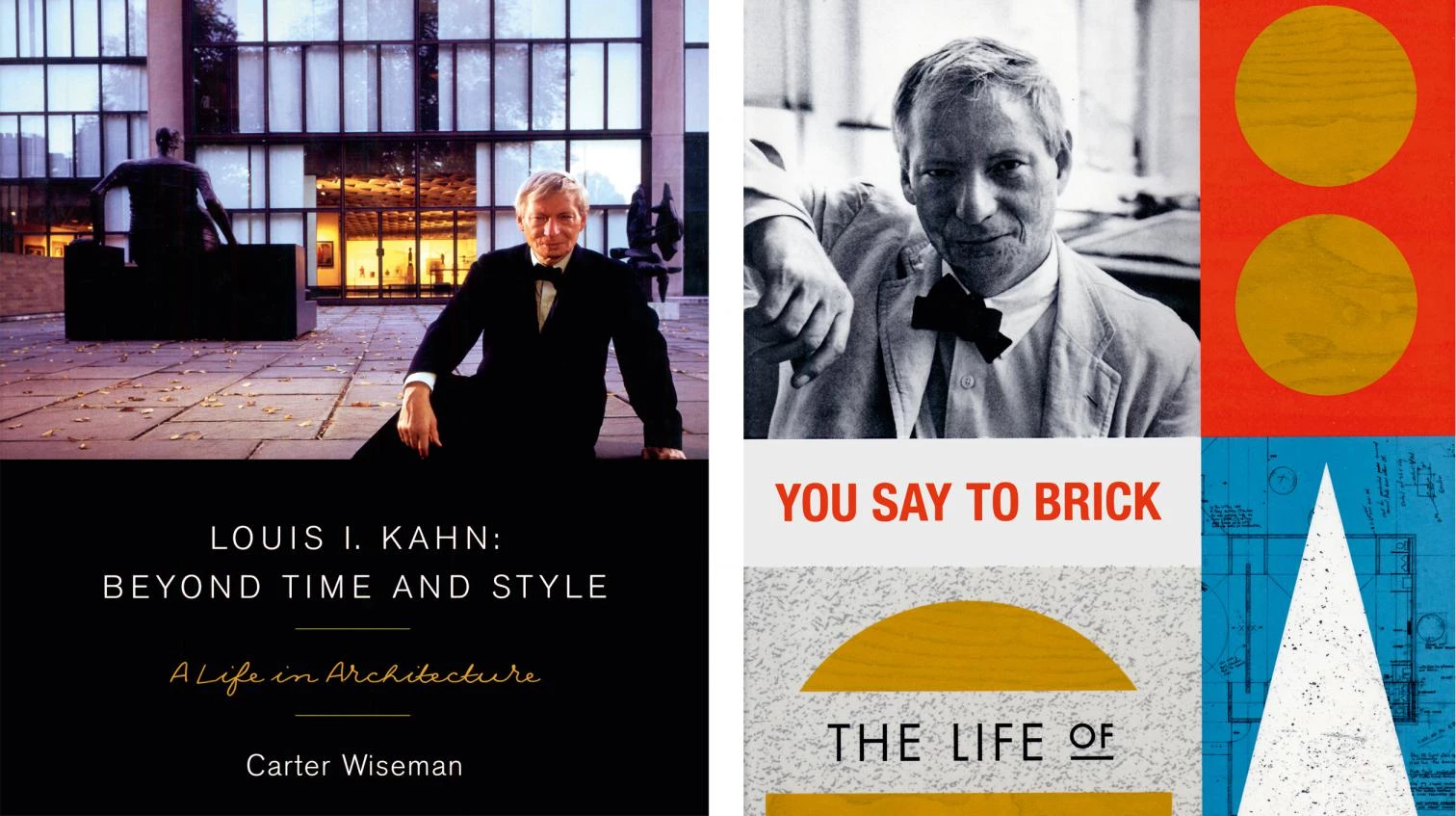
The publication of a new biography of a master is always an event; in this case, it is also a disappointment. Penned by an expert writer, endorsed by a leading publisher, and received with generous reviews in NYT, TLS or The Economist (besides extensive articles by Martin Filler in the NYRoB and Paul Goldberger in The Nation), Wendy Lesser’s biography of Louis Kahn is a formless accumulation of trivial facts and literary enthusiasms that do little to improve our understanding of the architect, even though the author’s research efforts give us some bits of new information about him. In contrast with the biography published ten years ago by Carter Wiseman, which efficiently threads the life and work of Kahn, Lesser’s book has a clumsy structure, interrupting the chronological narration with chapters devoted to her visits to buildings, and a stubborn insistence on connecting the architect’s unconventional love life to the archaic monumentality of his works. In the final analysis, Lesser’s admiration for Kahn and her evident empathy with his oeuvre does not compensate for her oceanic ignorance of things architectural, and the book is a shipwreck.
Nevertheless, there is flotsam to be saved. Denise Scott Brown mentioned at the time that Kahn was incapable of staying within budgets and time frames, but Lesser throws further light on his economic mis-management by pointing out that only one of his projects, the Salk Institute, was profitable, and that at his death he left a debt of $465,000. The insolvency cannot be attributed to his having three families, as Kahn never contributed to the upkeep of the children – Alexandra Tyng and Nathaniel Kahn, made popular by his 2003 documentary – that he had with two young collaborators, Anne Tyng and Harriet Pattison. Lesser adds to the list Marie Kuo, also a member of his office, and harps on about the libido of the master, which he maintained until his dramatic death in the restrooms of Penn Station.
But the abundance of Lesser’s contributions cannot make up for her imbalances. She gives a good explanation of why Kahn chose to work with the engineer August Komendant rather than with his colleague and friend Robert Le Ricolais, but underestimates the influence of the former in his projects, and altogether ignores the role that the structural ideas of Buckminster Fuller – through the very gifted Anne Tyng – played in his early career. Worse is her treatment of Robert Venturi, who was the main intellectual and aesthetic influence in Kahn’s classicist conversion, yet appears only anecdotally, lending Tyng the money with which to return to the US after giving birth to Alexandra in Rome, and as boyfriend of Harriet Pattison before she fell for Kahn. Also poor is the selection of images, which includes two of Kuo but not a single one of the Richards labs or the Yale Center, shows an Estonian castle as inspiration for a Kahn who left his country of birth at five, or draws a naive visual parallelism between the Kimbell and the Central Market of Riga. Like his lovers, Wendy Lesser has succumbed to Kahn’s mystique; and like them, she proves that love is blind. Better to read Wiseman.







